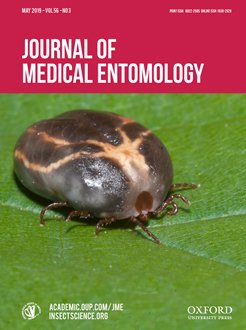Laboratory microcosm experiments were conducted to evaluate effects of bacteria isolated from senescent white oak leaves on the growth and survivorship of larval Aedes albopictus (Skuse). Larvae hatched from surface-sterilized eggs were reared in microcosms containing individual bacterial isolates, combined isolates (Porphyrobacter sp., Enterobacter asburiae, Acidiphilium rubrum, Pseudomonas syringae, and Azorhizobium caulinodans), a positive control containing a microbial community from an infusion of white oak leaves, and a negative control consisting of sterile culture media. Experiments were conducted for 21 d after which microcosms were deconstructed, larval survivorship was calculated, and bacteria contained in pupae, and adults that developed were quantified to determine rates of transstadial transmission. Positive control microcosms containing diverse microbial communities had an average (±SE) pupation rate of 89.3 (±5.8)% and average larval survivorship of 96.0 (± 2.3)%. Pupation in microcosms with bacterial isolates only occurred twice among all experimental replications; average larval survivorship ranged from 19 to 56%, depending on treatment. Larval growth was not found to be dependent on bacterial isolate density or isolate species, and larval survivorship was dependent on bacterial isolate density, not on isolate species. Potential mechanisms for failed development of larvae in microcosms with bacterial isolates are discussed. Bacterial isolates alone did not support larval development. High larval survivorship in positive control microcosms suggests that a diverse microbial community is required to complete larval development. Additional studies are needed to evaluate larval growth and survivorship on nonbacterial microbes, such as fungi and protozoa.
How to translate text using browser tools
11 February 2019
A Diverse Microbial Community Supports Larval Development and Survivorship of the Asian Tiger Mosquito (Diptera: Culicidae)
Nicholas V. Travanty,
Charles S. Apperson,
Loganathan Ponnusamy
ACCESS THE FULL ARTICLE
It is not available for individual sale.
This article is only available to subscribers.
It is not available for individual sale.
It is not available for individual sale.

Journal of Medical Entomology
Vol. 56 • No. 3
May 2019
Vol. 56 • No. 3
May 2019
microbial communities
microcosms
mosquito
Quercus alba
transstadial transmission





